The heat wave signifies that summer is well underway, welcoming millions of wanderlust-driven tourists and travelers of the globe. Regular readers of our posts might already have acquainted themselves with an exciting destination to explore this year, influenced by our freshly published articles featuring enticing spots as seen in these 25 Unknown Architectural Wonders You Have To Visit, these 25 Most Awe-Inspiring Canyons In The World, or these 25 World’s Most Colorful Cities To Brighten Up Your Day.
Today, our post should aid your holiday planning efforts further as it discusses a crucial element of any trip – public transportation. And clearly, venturing a foreign metropolis requires means of commuting within it. If for any reasons, hiring a vehicle at your chosen destination is not an option or a preference, dependable public transportation services stands in as the alternative.
Utilizing public transportation might indeed prove remarkably simple, secure, convenient, and cost-effective for exploring a city. There exist a number of cities where commuting via public transportation is not just necessary, but also enjoyable. If you’re fascinated with metros, urban buses, trams, trolleybuses, ferries and other forms of public transportation, look forward to this interesting post on 25 Cities You’ll Want To Visit That Have The Best Public Transportation.
New York City, USA
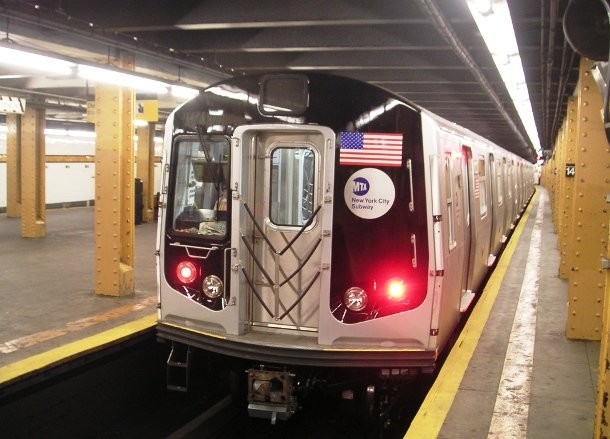 Source: en.wikipedia.org, image: commons.wikimedia.org
Source: en.wikipedia.org, image: commons.wikimedia.org Let us kick off the list with the city that is famous for having the largest subway system in the world in terms of number of stations in operation (469), lines (24), and total length (660 mi or 1,062 km). As almost the entire subway system remains open 24 hours a day, there is absolutely no need to rent a car when in New York City.
Paris, France
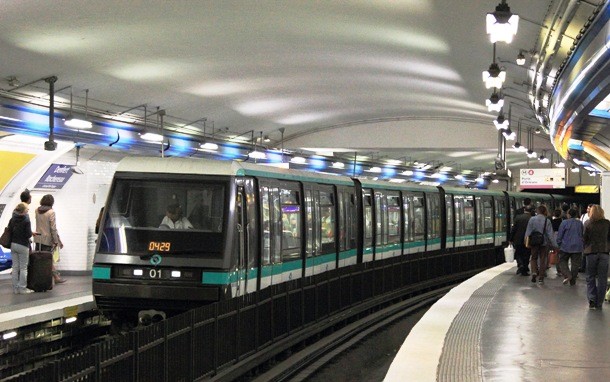 Source and image: en.wikipedia.org
Source and image: en.wikipedia.org The French capital’s subway system consists of 16 lines and 300 very closely spaced stations, offering a fast and reliable connection between any Paris quarter to any other. The French metropolis is also served by a complex bus network (featuring 347 lines) and trams. It also includes a higher-speed train network that runs both under and above ground and connects the capital to more distant suburban regions.
Berlin, Germany
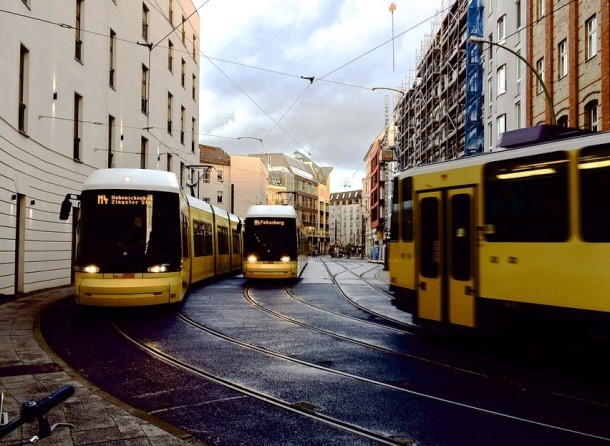 Source: en.wikipedia.org, image: pixabay.com
Source: en.wikipedia.org, image: pixabay.com Berlin’s public transport network consists of several integrated systems. These include the U-Bahn and S-Bahn urban rail systems, regional railway services, a tramway system, a bus network, and a number of ferry services. The German capital’s public transport is highly efficient, easily accessible, very reliable, and still quite affordable (a single subway ride costs about $3).
Barcelona, Spain
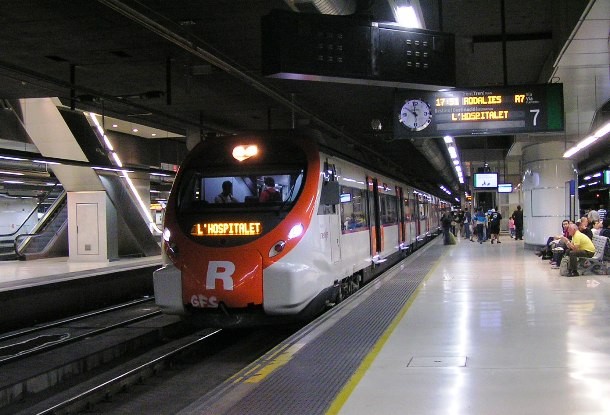 Source and image: en.wikipedia.org
Source and image: en.wikipedia.org Barcelona has very reliable and comprehensive public transport with subway, buses, trams, trains, and cable cars covering almost every corner of the city. Just the renowned Barcelona Metro (the subway system) itself comprises of 11 different lines that will get its visitors almost everywhere, including the famous beach city La Barceloneta.
Prague, Czech Republic
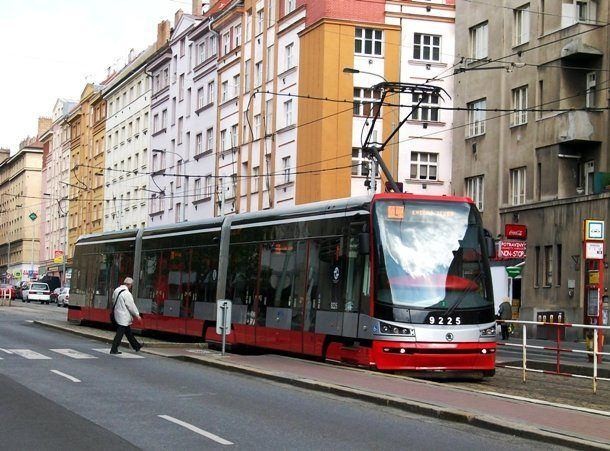 Source: en.wikipedia.org, image: commons.wikimedia.org
Source: en.wikipedia.org, image: commons.wikimedia.org Getting from one place to another one is never a big deal in Prague. Local public transport infrastructure consists of a heavily-used and highly reliable integrated transport system of metro, trams, buses, funiculars, and ferries. Prague has one of the highest rates of public transport usage in the world with 1.2 billion passenger journeys per year, and it ranks among the cheapest in Europe; a basic single subway ride costs less than $1.
Zurich, Switzerland
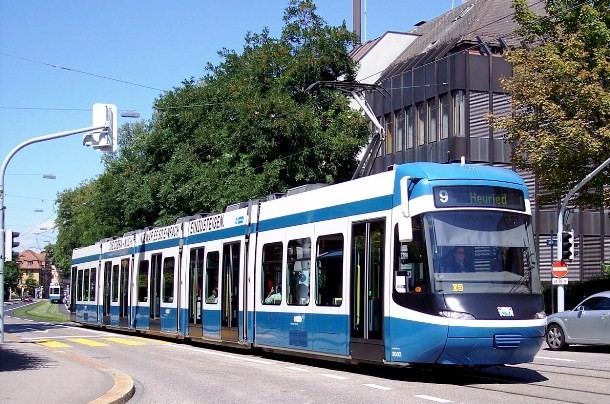 Source and image: en.wikipedia.org
Source and image: en.wikipedia.org With just 400,000 inhabitants, Zurich is one of the smallest cities on the list, but its public transport is known as one of the best in the world. Local trains are super-modern, clean, safe, and always on time, which makes using Zurich’s public transport a highly enjoyable experience. The system consists of subway, trams, buses, and trolleybuses.
Tokyo, Japan
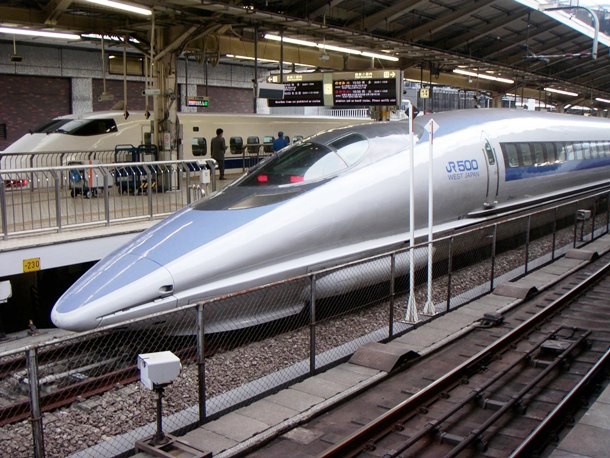 Source and image: en.wikipedia.org
Source and image: en.wikipedia.org Public transportation within Japan’s capital is dominated by an extensive network of clean and efficient trains and subways run by a variety of operators. Buses, monorails, and trams play a secondary feeder role. With 3.2 billion passenger journeys per year, Tokyo’s subway is the second busiest subway in the world after that of Beijing. A single ride for the shortest distance costs about $1.40.
London, United Kingdom
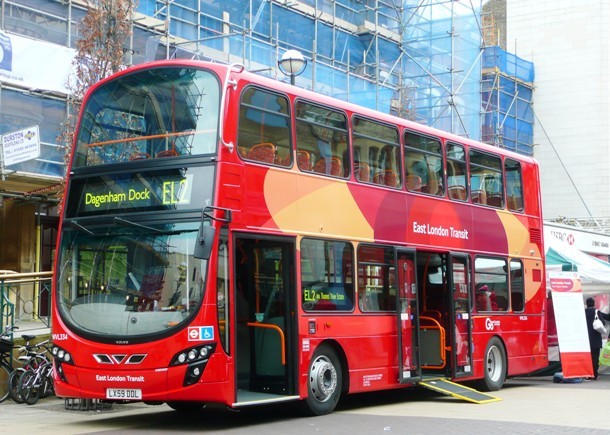 Source and image: en.wikipedia.org
Source and image: en.wikipedia.org London is well-known for its iconic subway system (known as the London Underground), which is actually the oldest in the world. However, London’s public transport is not just about the subway; it features a number of other modes including buses, trams, trains, ferries etc. In fact, London’s public transport network serves as the central hub for the entire United Kingdom.
Seoul, South Korea
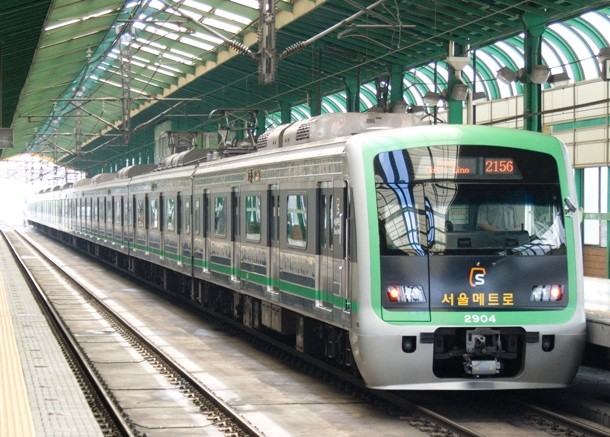 Source and image: en.wikipedia.org
Source and image: en.wikipedia.org Seoul features one of the world’s most advanced and complex transportation infrastructures. The city has 14 subway lines that interlink every district of the city with one another and with the surrounding area. The majority of the population uses the public transportation system due to its convenience and low cost ($1 per ride). With more than 8 million passengers a day, Seoul has one of the busiest subway systems in the world.
Dubai, United Arab Emirates
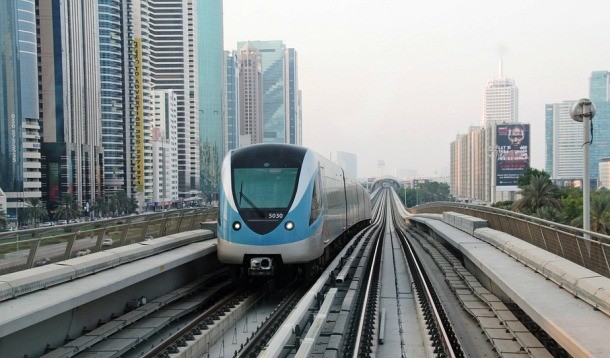 Source: en.wikipedia.org, image: pixabay.com
Source: en.wikipedia.org, image: pixabay.com Public transportation in Dubai does not have as long of a history as some other transportation systems on the list, but it is very efficient and affordable with a single subway ride costing just $0.68. Dubai’s subway has just two lines (Red and Green), but it serves the most important parts of the city. It also features super modern driverless trains based on automatic navigation.
Munich, Germany
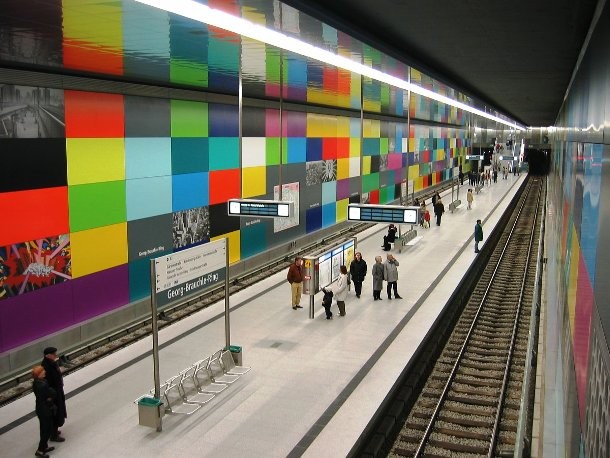 Source and image: en.wikipedia.org
Source and image: en.wikipedia.org For its urban population of 2.6 million people, Munich and its closest suburbs have one of the most comprehensive and punctual public transport systems in the world, incorporating the Munich U-Bahn (underground railway), the Munich S-Bahn (suburban trains), trams, and buses. The system is supervised by the Munich Transport and Tariff Association.
Taipei, Taiwan
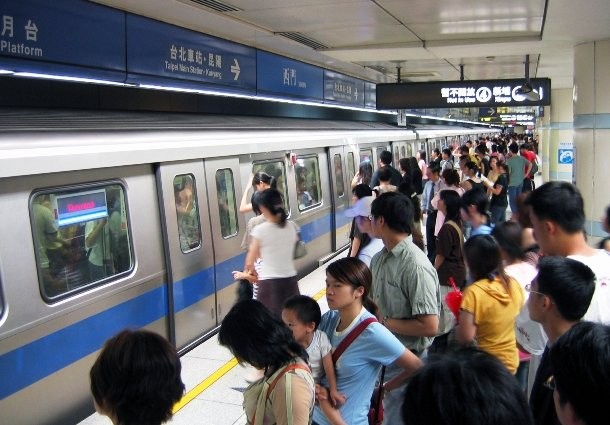 Source: en.wikipedia.org, image: commons.wikimedia.org
Source: en.wikipedia.org, image: commons.wikimedia.org Taipei boasts a super modern, highly complex, and extremely punctual public transport system. Used by more than 34% of local residents, Taipei’s subway currently consists of 5 lines that are labeled in 3 ways: color, line number, and depot station name. In addition to the rapid transit system itself, the Taipei Metro also includes several public facilities such as the Maokong Gondola, underground shopping malls, parks, and public squares.
Budapest, Hungary
 Source and image: en.wikipedia.org
Source and image: en.wikipedia.org Budapest operates one of the largest public transportation systems in Europe, covering the city and 80 surrounding suburbs. It consists of 4 metro lines, 5 suburban railway lines, 33 city tram lines, 15 trolleybus lines, 264 bus lines, and 4 city boat services. On an average weekday, Budapest’s public transit system transports 3.9 million riders. In 2014, 65% of the passenger traffic in Budapest was by public transport and only 35% by car.
Santiago, Chile
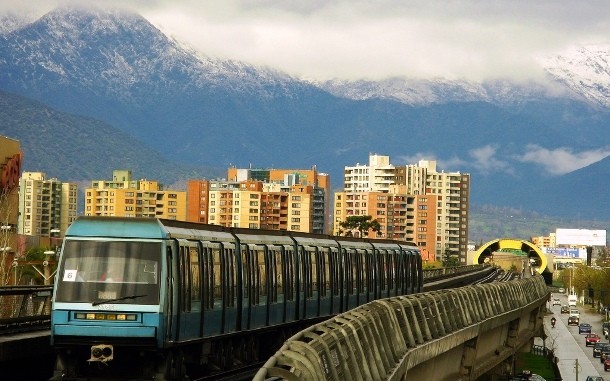 Source and image: en.wikipedia.org
Source and image: en.wikipedia.org Home to over 6 million people, Santiago has one of the most efficient and extensive public transport systems in South America. Its subway system has 5 operating lines and carries around 2,400,000 passengers per day. It currently has 100 stations in operation, but 19 others are planned or under construction. Apart from metro, Santiago’s public transport system also features a dense network of commuter rails and bus routes.
Stockholm, Sweden
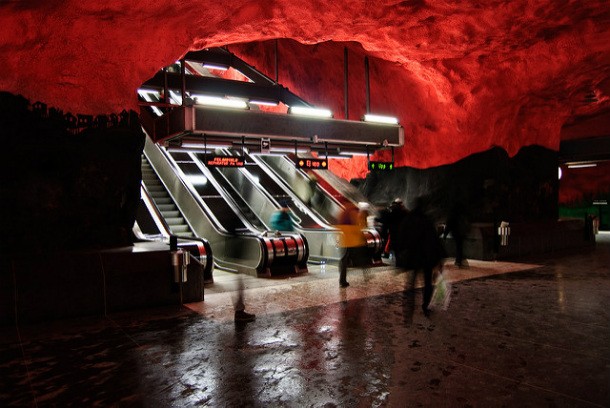 Source: en.wikipedia.org, image: SteFou! via flickr.com
Source: en.wikipedia.org, image: SteFou! via flickr.com Stockholm’s public transport system might not be the largest or the cheapest on the list (a single subway ride costs $4.2), but it is remarkably comprehensive, easy to use, and highly reliable. Consisting of 3 color-coded lines, the local subway is referred to as “the world’s longest art gallery.” More than 90 of the network’s 100 stations are decorated with sculptures, rock formations, mosaics, paintings, installations, engravings, and reliefs by over 150 different artists.
Washington D.C., USA
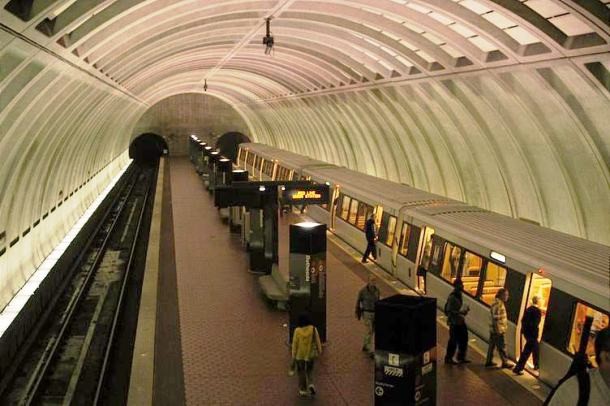 Source and image: en.wikipedia.org
Source and image: en.wikipedia.org Public transport in the US capital is run by the Washington Metropolitan Area Transit Authority that operates the Washington Metro, the city’s rapid transit system, as well as Metrobus. Washington’s Metro is the second-busiest rapid transit system in the country, after NYC. In 2010, as many as 37% of Washington-area commuters took public transportation to work, which was the second-highest rate in the country.
Beijing, China
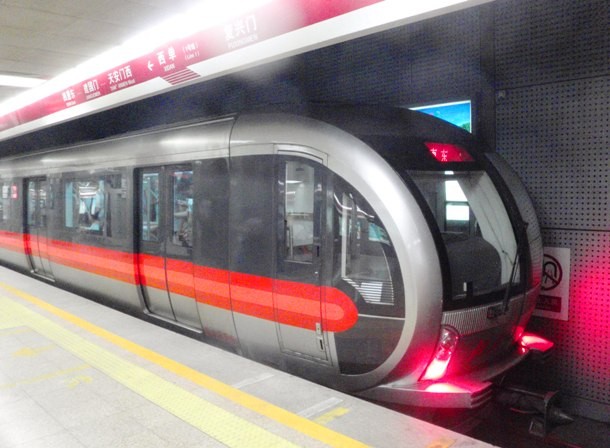 Source and image: en.wikipedia.org
Source and image: en.wikipedia.org Home to almost 22 million people, Beijing has one of the largest and most complex public transport systems in the world. With 18 lines and 334 stations, the Beijing Subway recorded 3.41 billion rides in 2014, making it the world’s busiest metro. The subway is also one of the cheapest with a single ride starting at $0.30. Apart from the subway, there are many other public transport modes in Beijing, including nearly 1,000 public bus and trolleybus lines.
Sydney, Australia
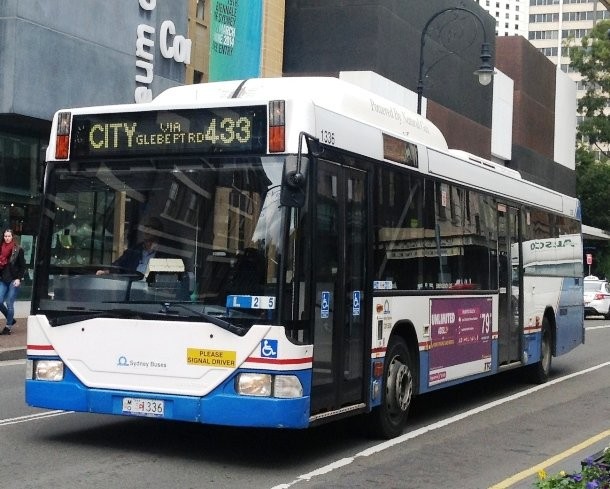 Source and image: en.wikipedia.org
Source and image: en.wikipedia.org Sydney is the only city on the list without an operating subway system. However, its rapid transit system known as Sydney Metro is under construction and is expected to be open in 2019. Currently, the public transport in Sydney is provided by an extensive network of modes including commuter rails, light rails, buses, and ferries. In 2006, more than 80% of weekday trips to/from Central Sydney were made by public transport.
Brussels, Belgium
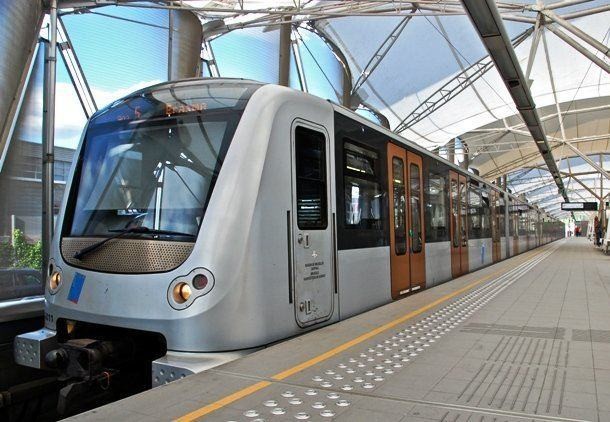 Source: brussels.info, image: en.wikipedia.org
Source: brussels.info, image: en.wikipedia.org The capital of the EU has a high quality public transportation infrastructure that ensures people can travel quickly, safely, and affordably all over the city. Inner-city transport uses the same ticketing system so visitors can use the same tickets for bus, metro, or tram or any combination. The most convenient and fastest way to travel around Brussels is the metro that consists of 4 lines and runs frequently (every 3 minutes at peak and every 10 minutes after 8 pm).
Montreal, Canada
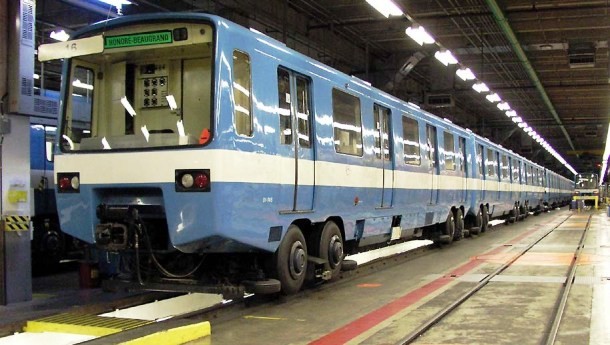 Source and image: en.wikipedia.org
Source and image: en.wikipedia.org Like many major cities, Montreal has a problem with vehicular traffic congestion, which makes local public transport a great way to travel around the city. Montreal’s public transport is served by a network of buses, subways, and commuter trains that extend across and off the island city. Local Metro is Canada’s busiest subway system in total daily passenger usage, serving over 1 million passengers on an average weekday.
St. Petersburg, Russia
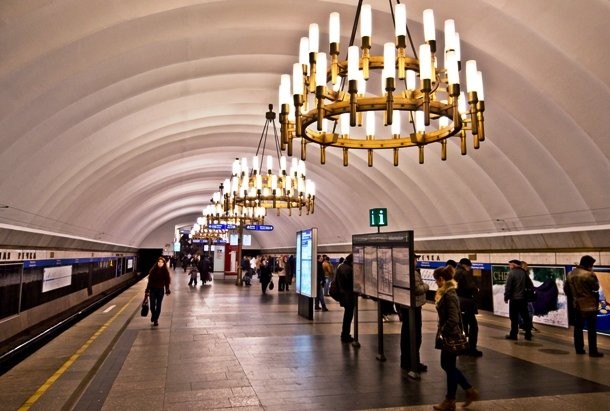 Source and image: en.wikipedia.org
Source and image: en.wikipedia.org The second largest city in Russia, Saint Petersburg has an extensive city-funded network of public transport (metro, buses, trams, trolleybuses) and several hundred routes served by “marshrutkas” (shared taxi). Trams used to be the main transport mode in the city, but these days, most passengers are transported by the metro, which is considered one of the most attractive and elegant metros in the world as it features well-crafted artwork and many exquisite decorations.
Shanghai, China
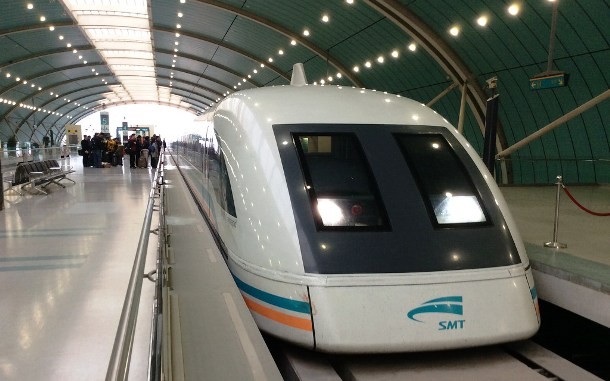 Source: en.wikipedia.org, image: flickr.com
Source: en.wikipedia.org, image: flickr.com The most populous city in China as well as the most populous city proper in the world, Shanghai has an extensive public transport system that boasts several impressive primacies. On 22 October 2010, local metro set a record of daily ridership of 7.548 million. Shanghai has the world’s most extensive network of urban bus routes and the world’s oldest trolleybus system. The city is also served by high-speed magnetic levitation trains.
Lisbon, Portugal
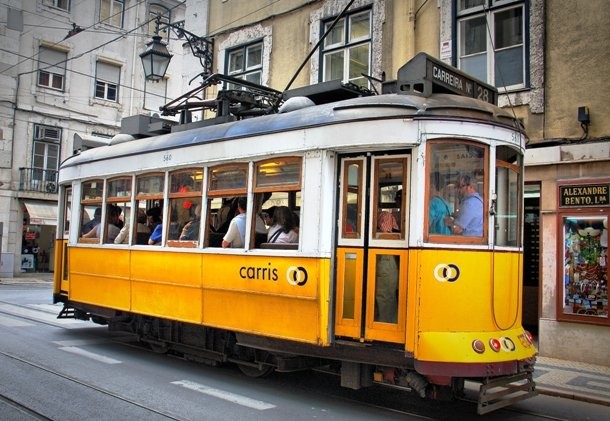 Source: en.wikipedia.org, image: commons.wikimedia.org
Source: en.wikipedia.org, image: commons.wikimedia.org Lisbon has been always known for its iconic yellow-white trams that were introduced here in 19th century. These days, however, Lisbon Metro is the most important part of local public transport, connecting the city centre with the upper and eastern districts and the suburbs. With several other modes including buses and funiculars, Lisbon’s public transit is an easy, cheap, and reliable way to explore this beautiful city.
Jersey City, USA
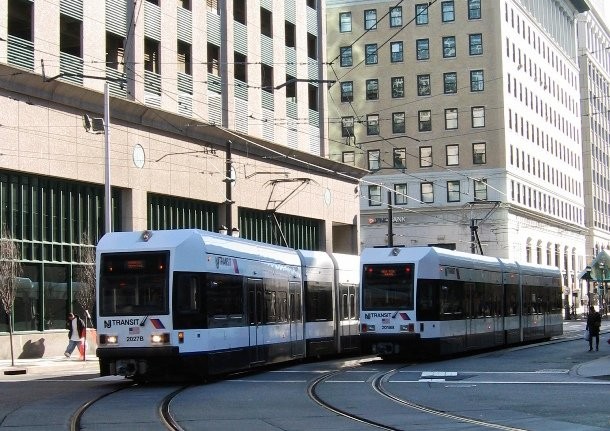 Source and image: en.wikipedia.org
Source and image: en.wikipedia.org Almost a half of all Jersey City commuters (exactly 46.62%) use public transit, which is the second highest percentage of public transit riders of any major US city after NYC. Relaying on very complex and reliable public transport consisting of lights rails, buses, and ferries, Jersey City dwellers can easily live without a car. In fact, 41% of Jersey City households do not own an automobile.
Madrid, Spain
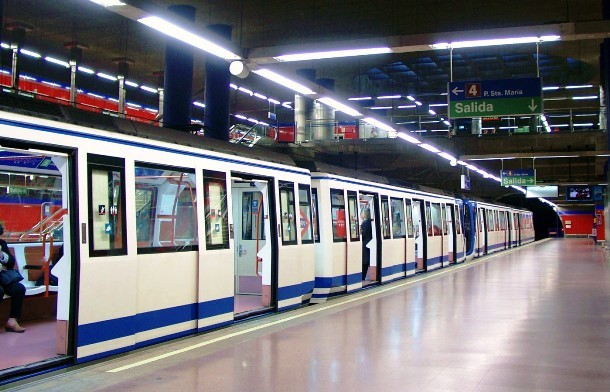 Source and image: en.wikipedia.org
Source and image: en.wikipedia.org With a population of 3.2 million, Madrid is the third largest city in the EU, but its highly efficient, reliable, and safe public transit system makes this city easy to get around in. Madrid’s public transportation system consists of a metro (the second longest metro in Europe), light metro rails, commuter rails, and buses. As a single metro ticket costs just about $1.7, using local public transport is also quite affordable.



























